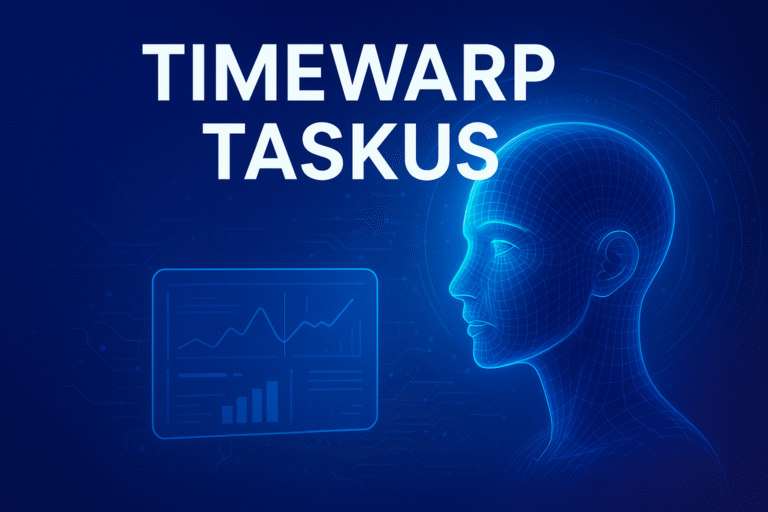In today’s digital landscape, the threat of phishing attacks looms large, posing a significant risk to individuals and organizations alike. As cybercriminals become increasingly sophisticated in their tactics, it is crucial for businesses to employ robust security measures to protect their sensitive data and assets. One such measure is the development of a phishing detection API, which can help organizations detect and prevent phishing attempts in real-time.
Building a phishing detection API requires a comprehensive understanding of the various techniques used by cybercriminals to deceive users and gain access to confidential information. From spoofed emails to fraudulent websites, phishing attacks come in many forms, making it essential to create a versatile and adaptive API that can effectively identify and block these threats. In this guide, we will explore the key components involved in building a phishing detection API, including data collection, machine learning algorithms, and API integration. We will also discuss best practices for designing and implementing an effective phishing detection system, as well as the importance of ongoing monitoring and analysis to ensure its continued success. By following the steps outlined in this guide, organizations can enhance their cybersecurity posture and better protect themselves against the growing threat of phishing attacks.
Utilize machine learning for accuracy
Leveraging machine learning is pivotal to enhancing the precision and effectiveness of a phishing detection API. By harnessing the power of advanced algorithms and predictive analytics, machine learning algorithms can significantly bolster the ability of the API to identify and thwart phishing attempts with greater accuracy. Through continuous learning from vast datasets and patterns, machine learning models can adapt and evolve to detect sophisticated phishing tactics, ensuring robust protection against evolving cyber threats. Employing machine learning in the development and refinement of the API can elevate its capabilities to preemptively recognize and combat diverse phishing schemes, fortifying cybersecurity measures for organizations and individuals.
Implement diverse data protection measures
To fortify cybersecurity and safeguard sensitive data, it is imperative to implement a multifaceted approach to data protection. Tailoring a robust defense strategy involves deploying a range of diverse data protection measures designed to counter various cyber threats effectively. Encryption protocols, secure access controls, regular data backups, network segmentation, and intrusion detection systems are some fundamental components that must be incorporated into the overarching data protection framework. By integrating these diverse measures, organizations can create layers of defense that collectively strengthen the resilience of their cybersecurity posture, mitigating vulnerabilities and ensuring comprehensive protection against potential security breaches and data compromises.
Leverage API for real-time monitoring
In today’s dynamic cybersecurity landscape, the ability to swiftly detect and respond to potential threats is paramount for safeguarding digital assets against malicious actors. Leveraging Application Programming Interfaces (APIs) for real-time monitoring can significantly enhance the efficacy of cybersecurity strategies. By integrating APIs into security monitoring systems, organizations can access real-time data streams, enabling immediate analysis and proactive threat detection. This proactive approach empowers security teams to swiftly identify and mitigate potential threats before they escalate, bolstering the overall resilience and responsiveness of cybersecurity measures. Furthermore, API-driven real-time monitoring facilitates the seamless integration of threat intelligence feeds, enhancing the organization’s ability to stay abreast of evolving cyber threats and preemptively secure critical assets.
Train for evolving phishing techniques
As cyber threats continue to evolve, organizations must prioritize continuous training and education to stay ahead of sophisticated phishing techniques employed by malicious actors. Phishing attacks remain a prevalent threat vector, exploiting human vulnerabilities to gain unauthorized access to sensitive data and systems. Training employees on the latest phishing tactics, such as social engineering schemes and deceptive email campaigns, is essential for enhancing security awareness and fortifying defense mechanisms. By conducting regular training sessions and simulated phishing exercises, organizations can educate staff on recognizing and mitigating phishing attempts, empowering them to exercise caution and vigilance in identifying suspicious communications. Invest in ongoing training initiatives to equip personnel with the skills and knowledge necessary to combat evolving phishing techniques effectively.
Employ secure cloud storage solutions
Ensuring data security is paramount when developing a phishing detection API. Employ secure cloud storage solutions to safeguard sensitive information against unauthorized access and potential data breaches. By utilizing reputable cloud storage providers that offer encryption, access controls, and regular security updates, you can mitigate the risk of data exposure in the event of a security breach. Implementing secure cloud storage solutions not only enhances data protection but also contributes to regulatory compliance and instills confidence in users regarding the safety of their information. Prioritize the selection of cloud storage services with robust security features to reinforce the integrity of your phishing detection API and uphold data confidentiality.
Conclusion
Developing a phishing detection API is a crucial step in safeguarding online users from malicious cyber activities. By implementing robust algorithms, machine learning models, and continuous monitoring mechanisms, organizations can enhance their cybersecurity posture significantly. This comprehensive guide has provided a structured approach to building an effective phishing detection API, emphasizing the importance of data integrity, real-time analysis, and user education. With the evolving threat landscape, staying vigilant and proactive in detecting and mitigating phishing attacks is imperative for maintaining digital trust and security. By following best practices and leveraging innovative technologies, organizations can fortify their defenses and protect sensitive information from falling into the wrong hands.






